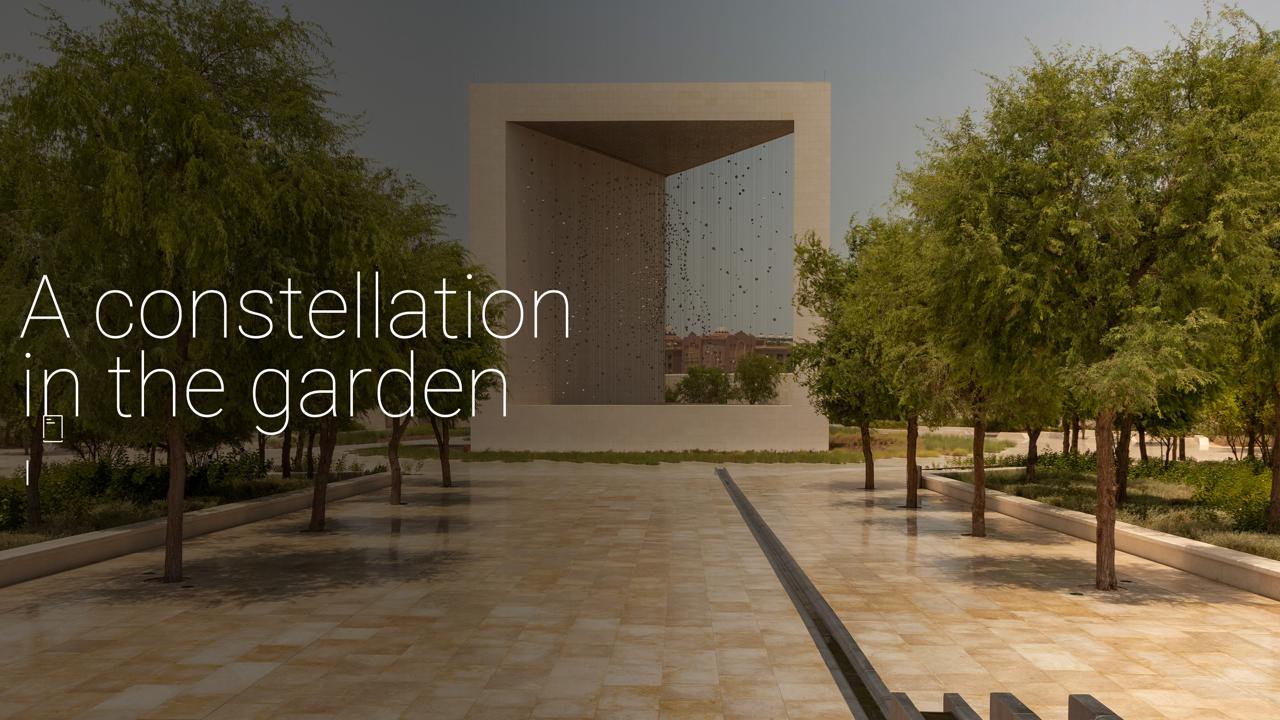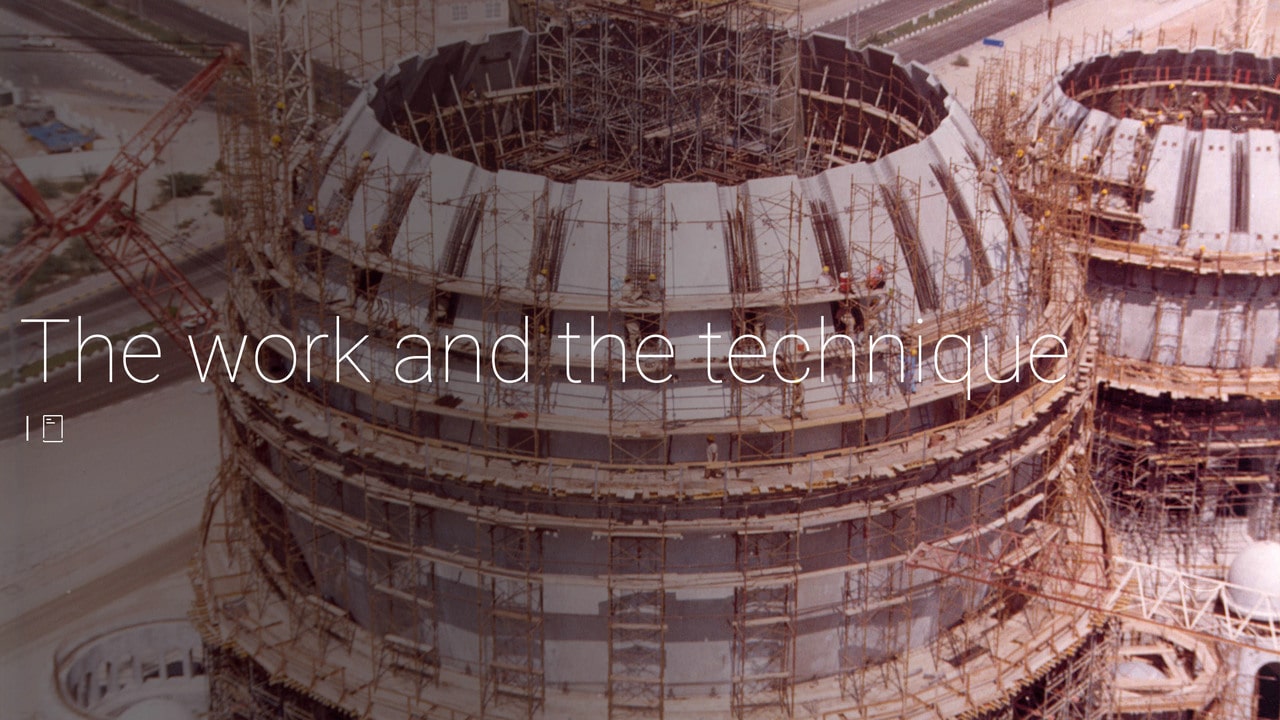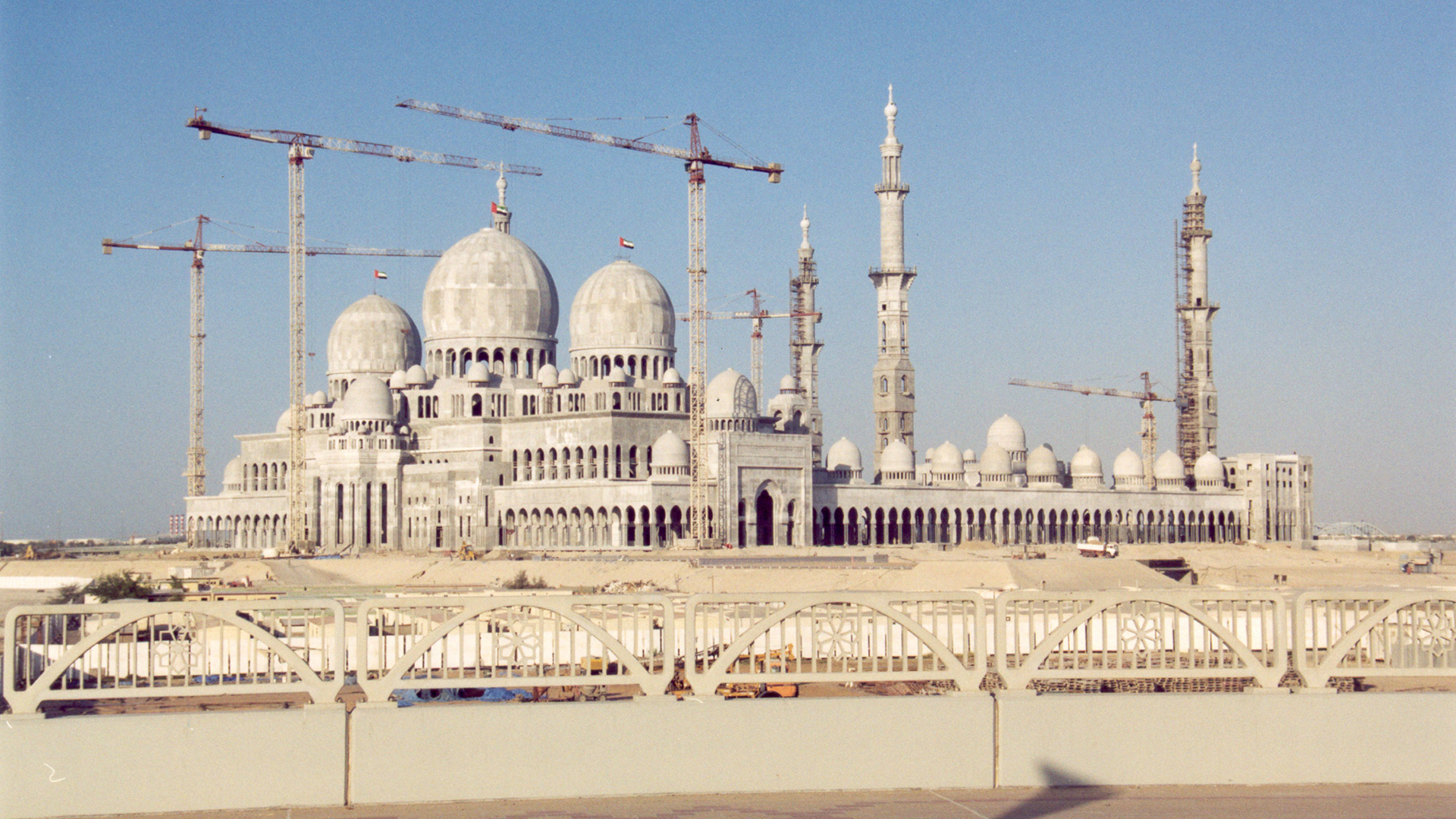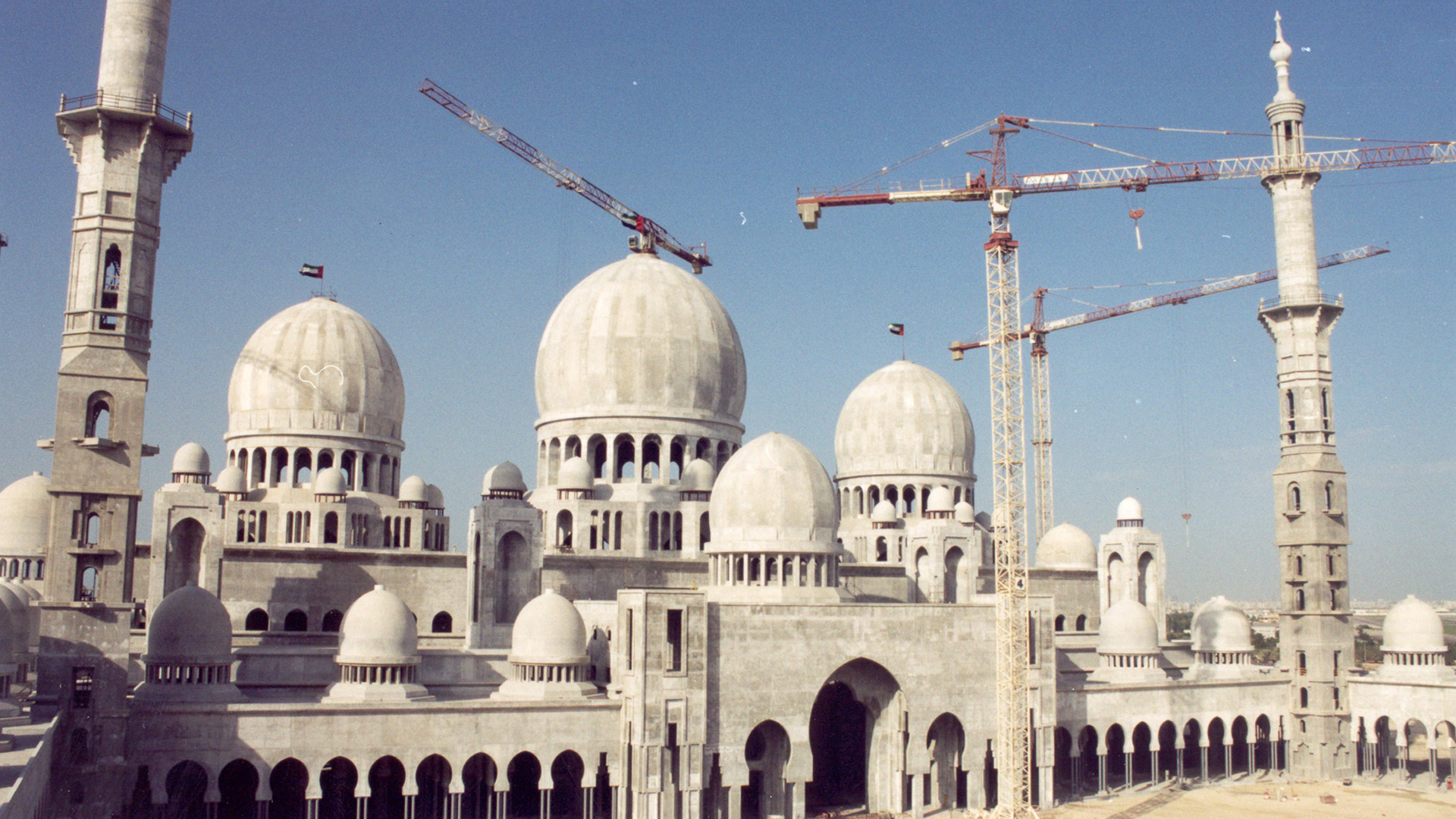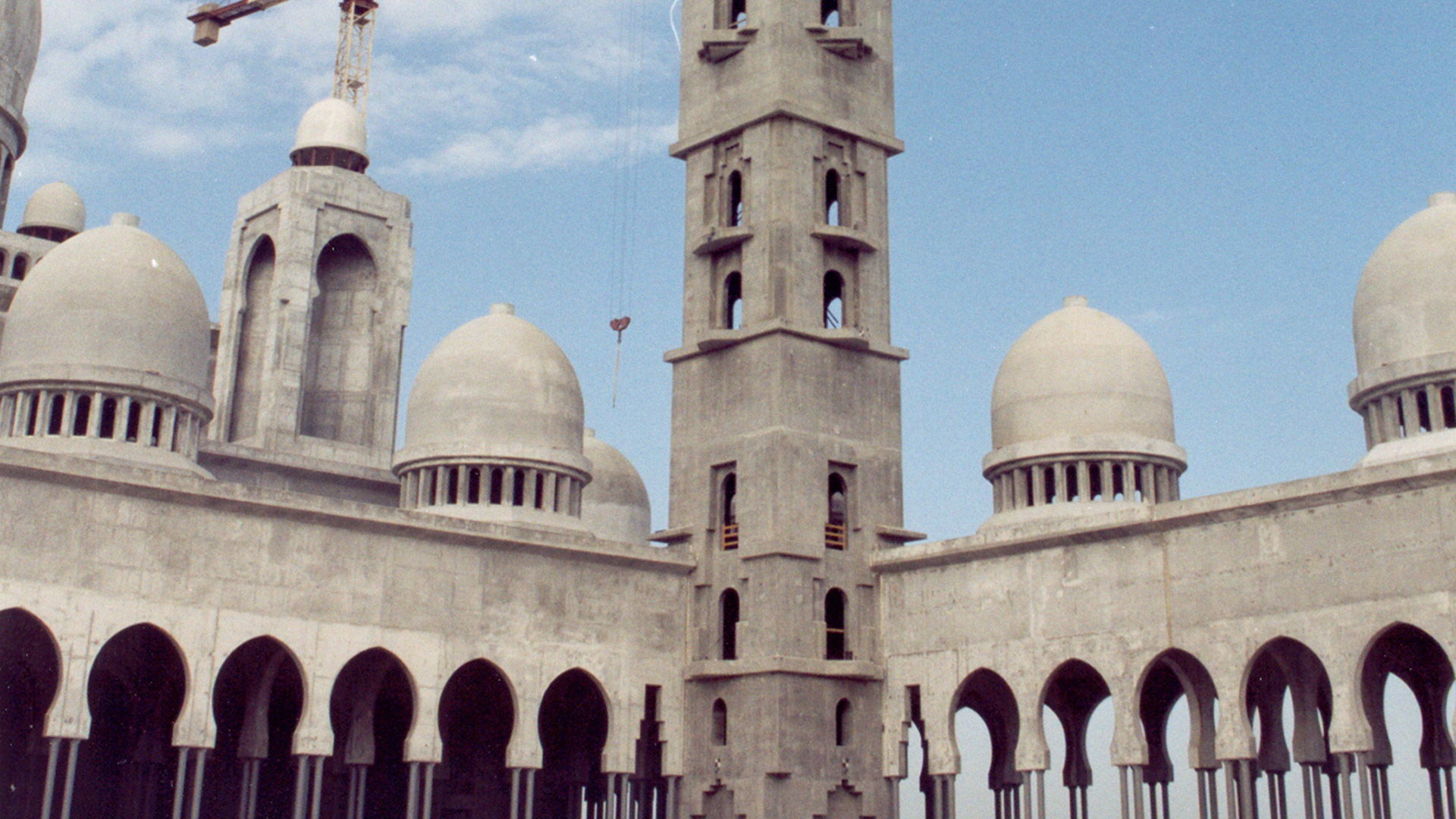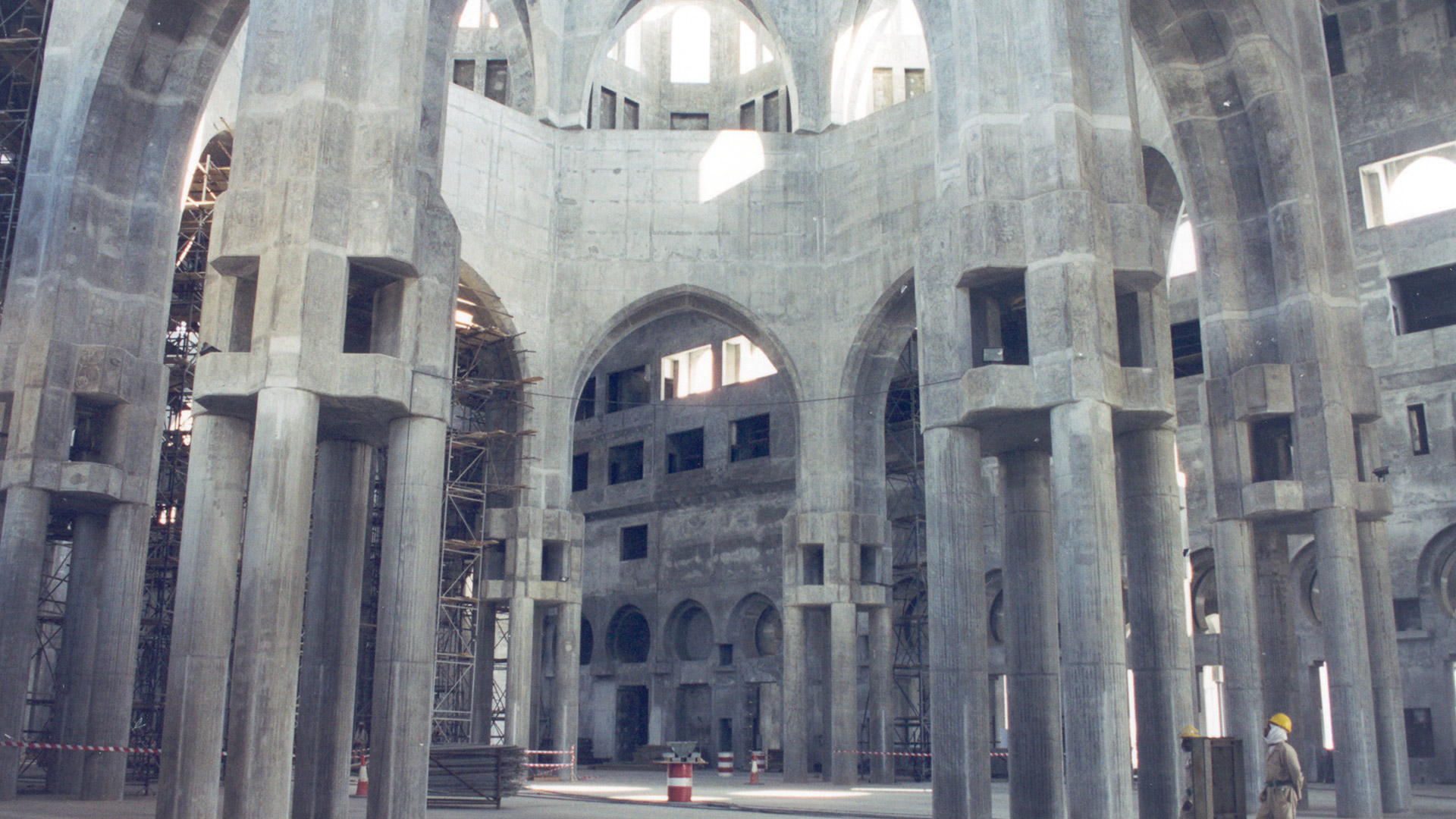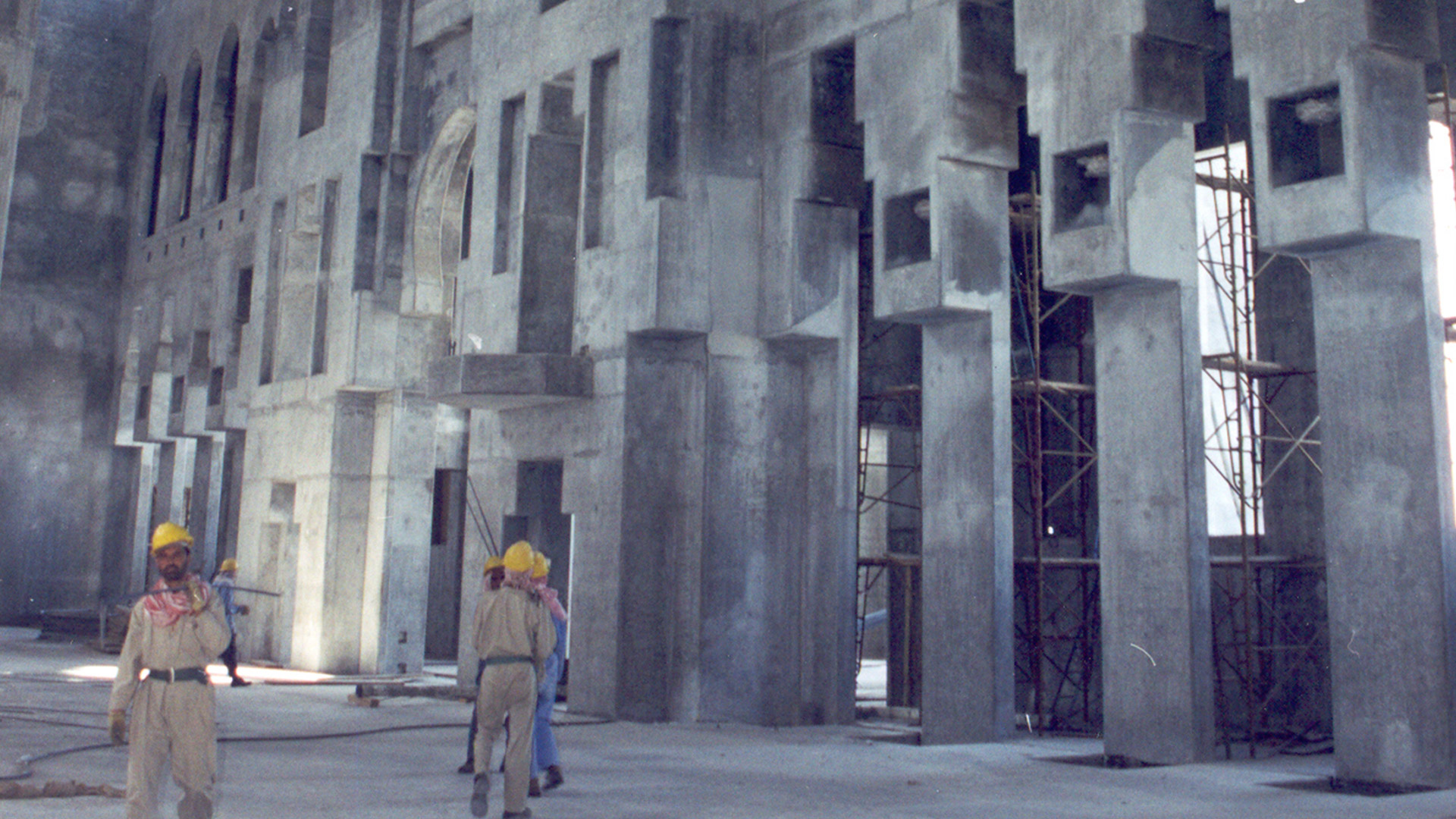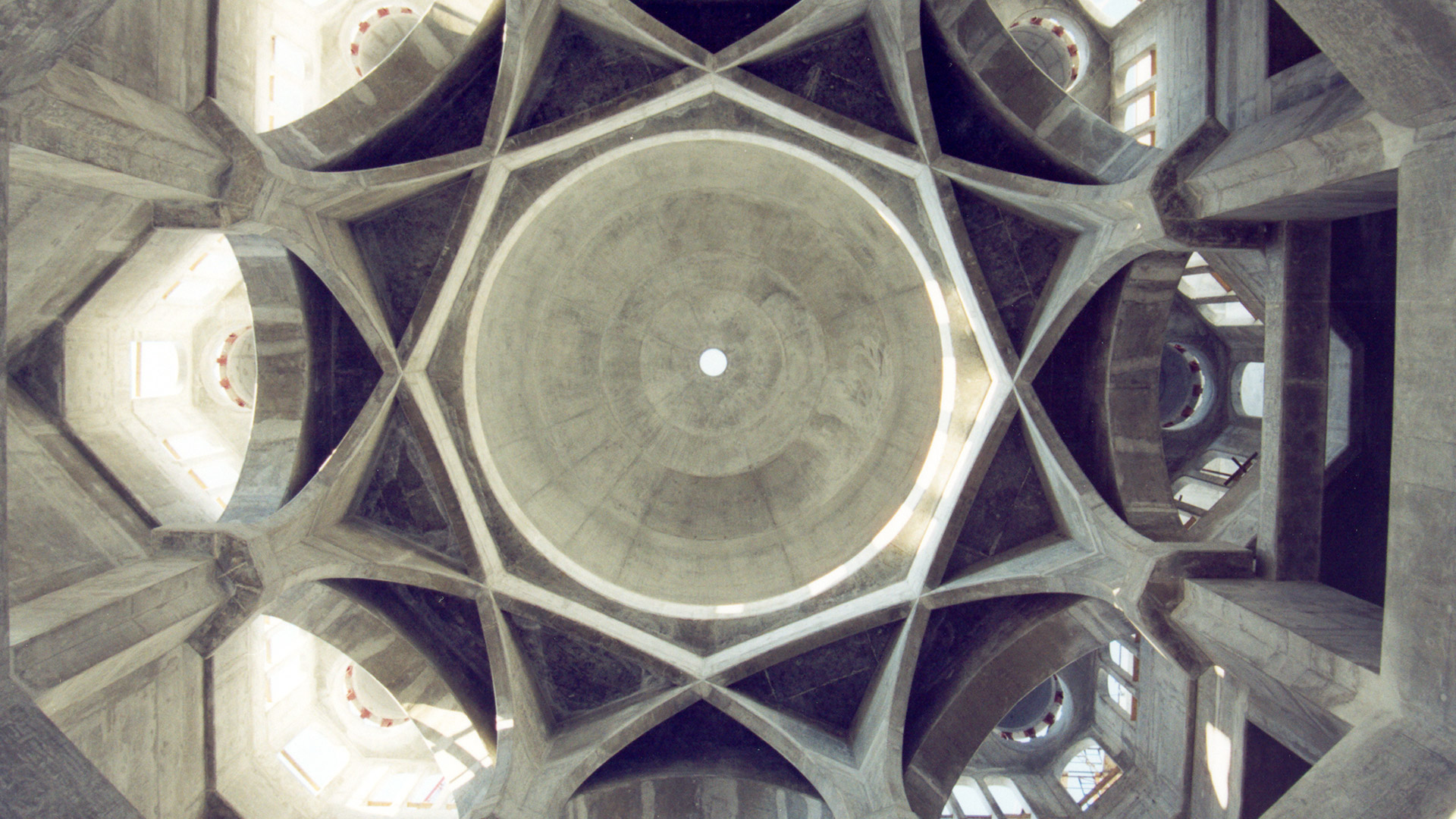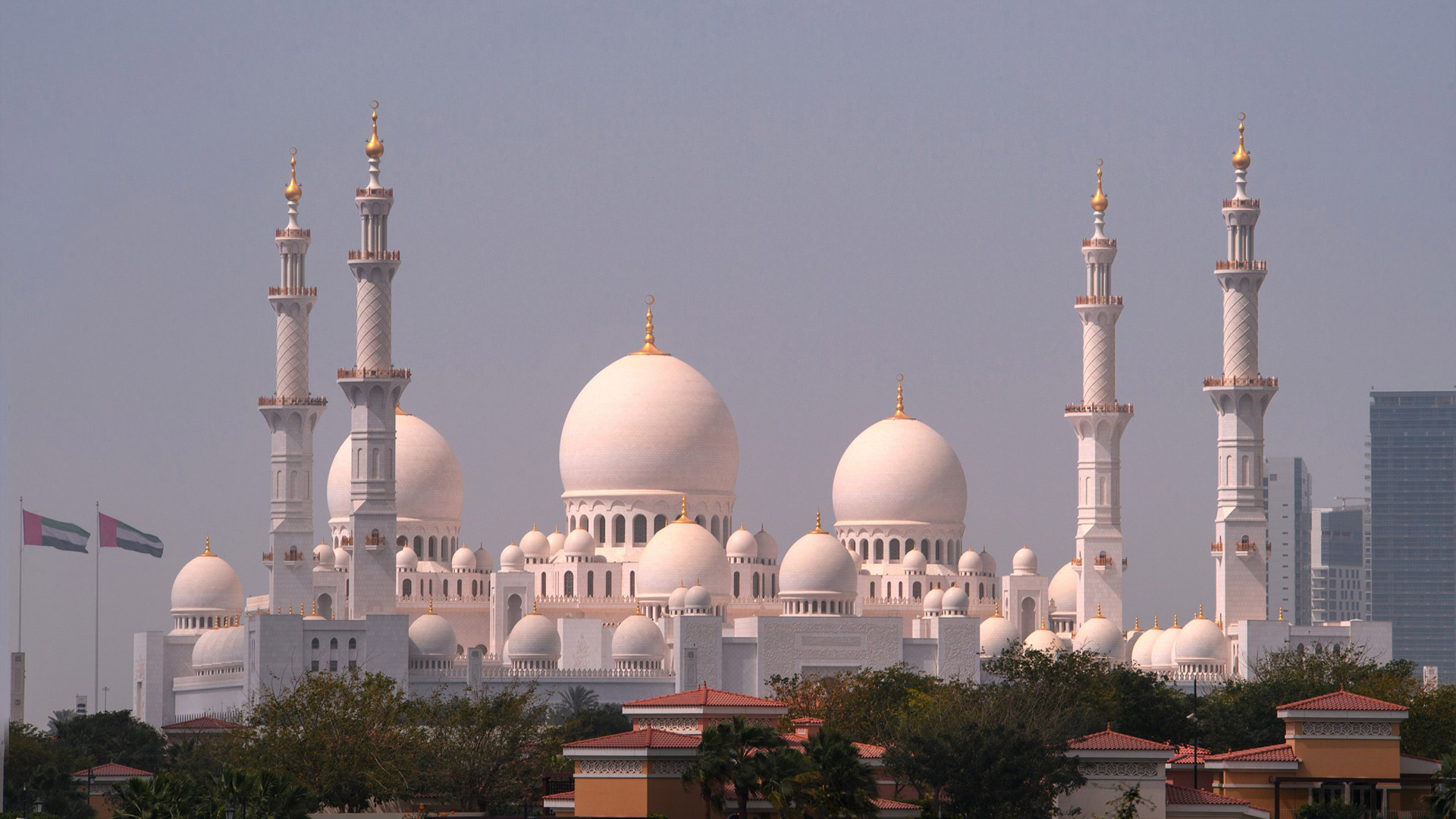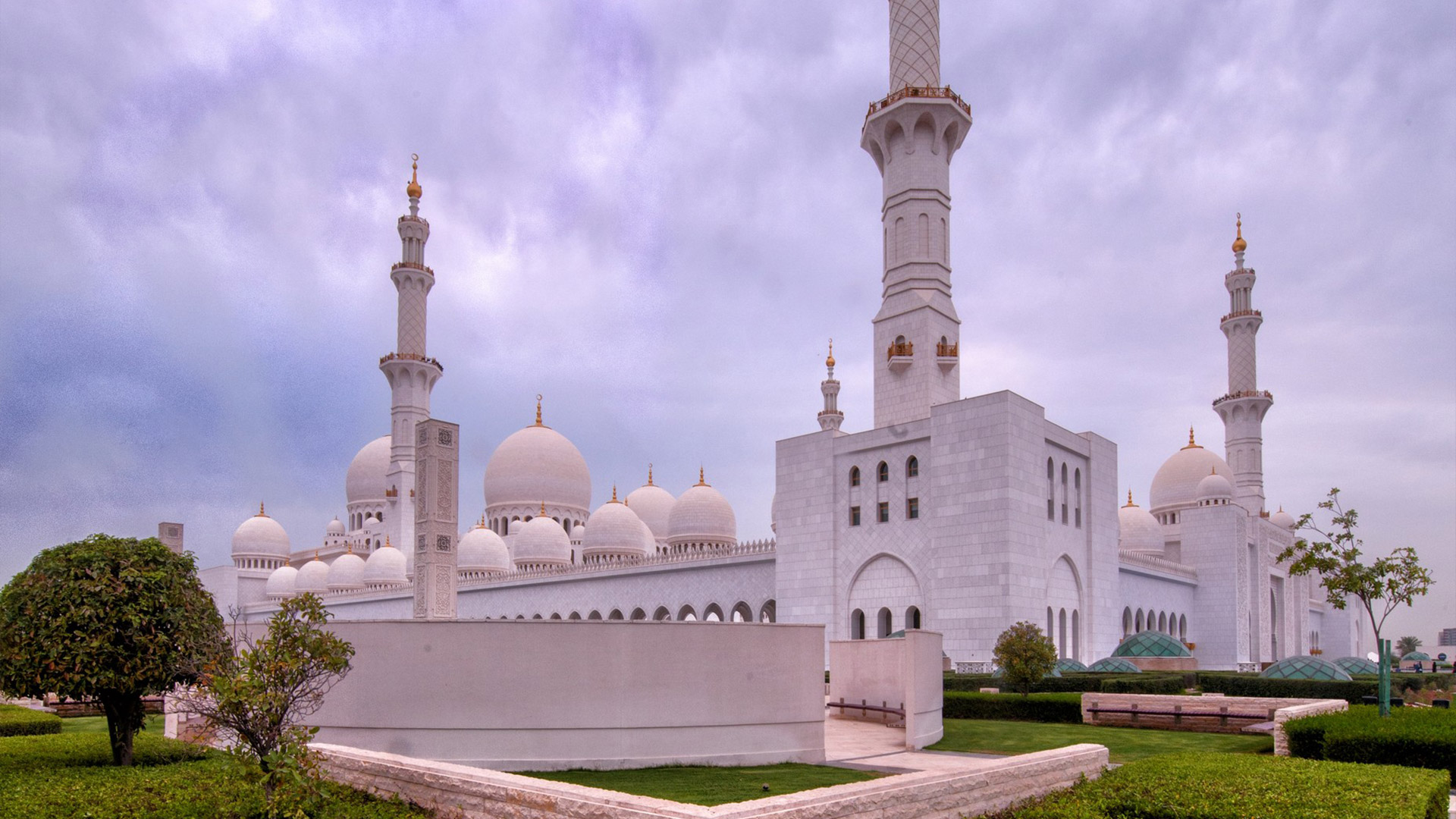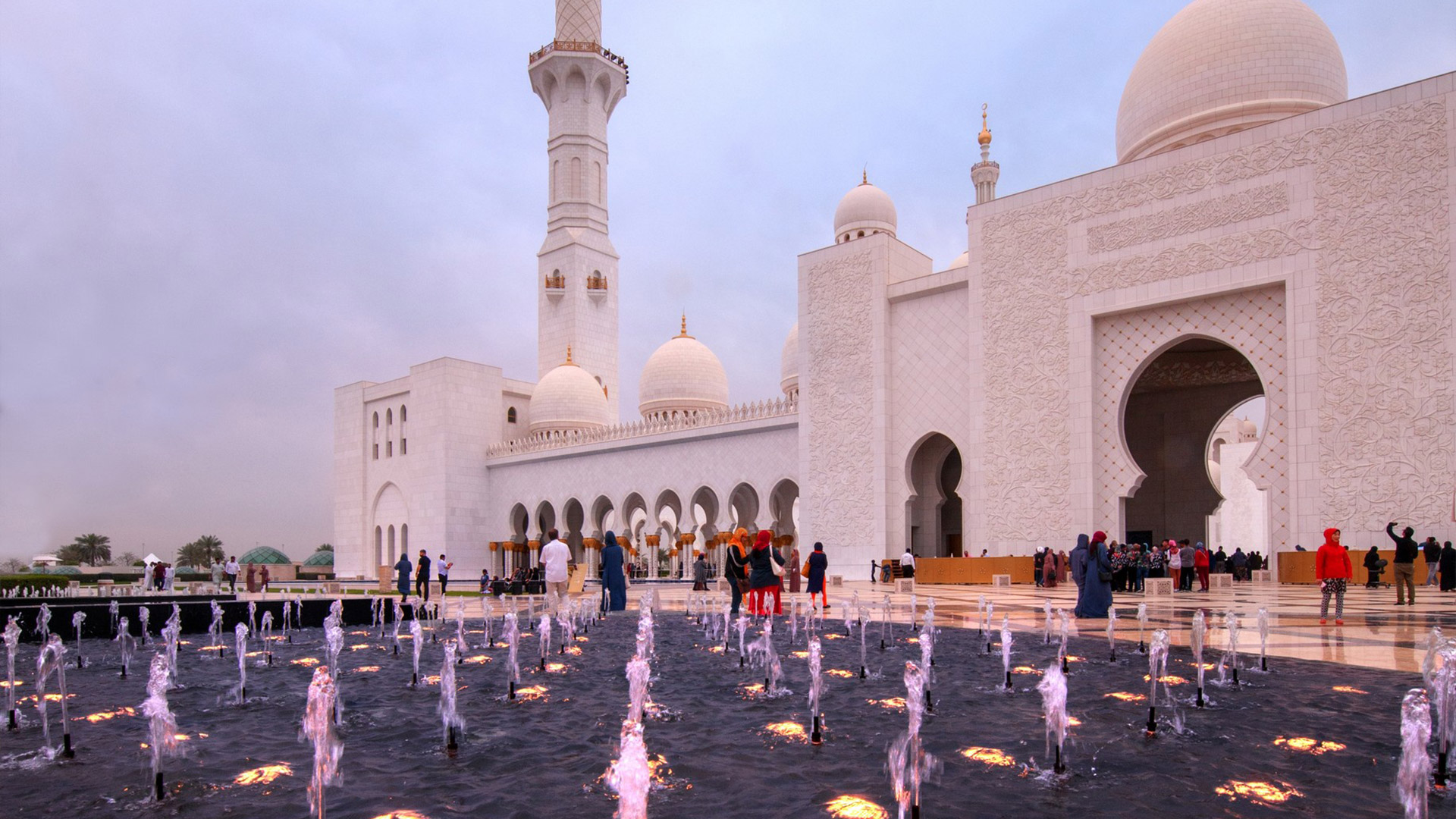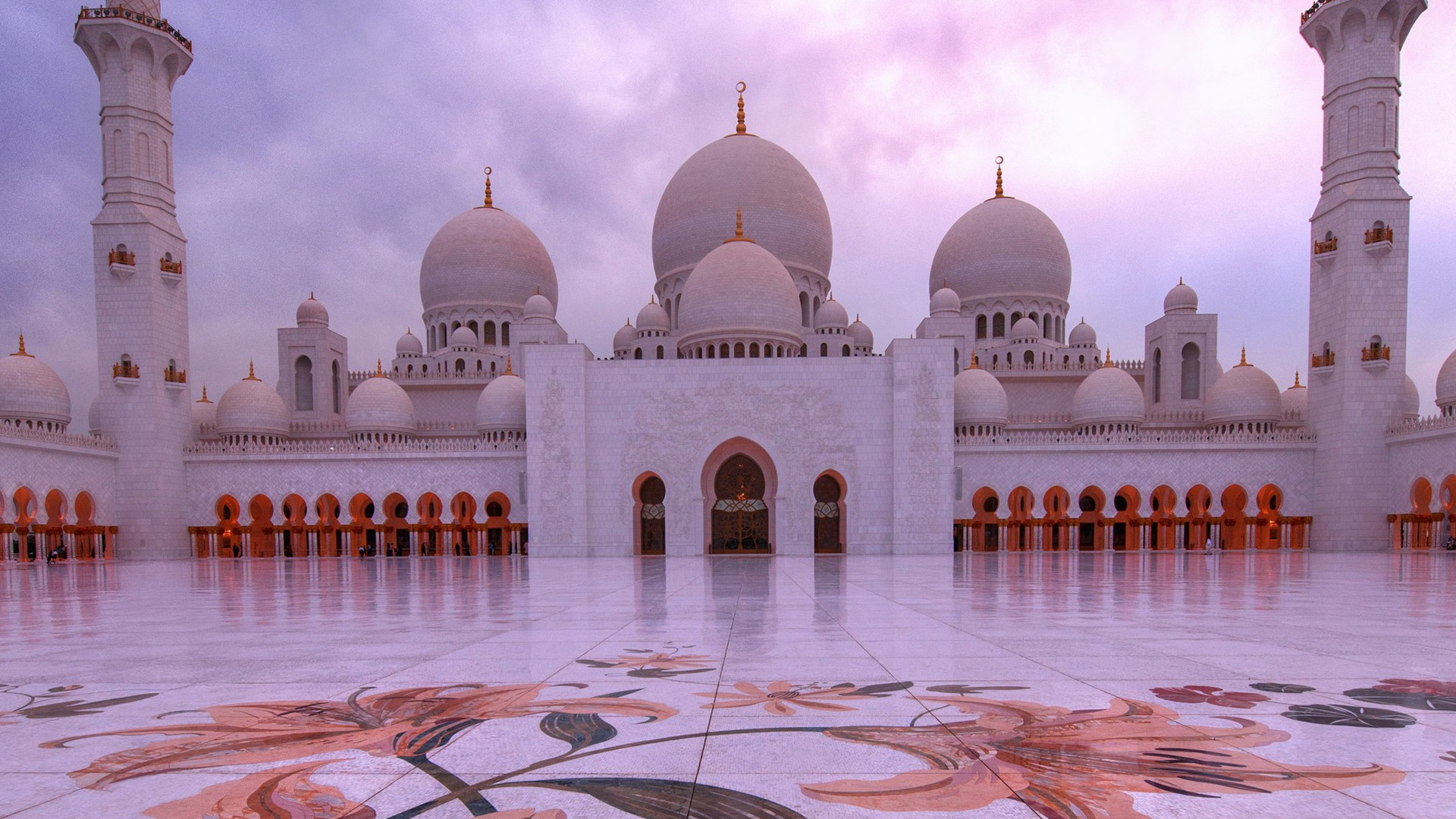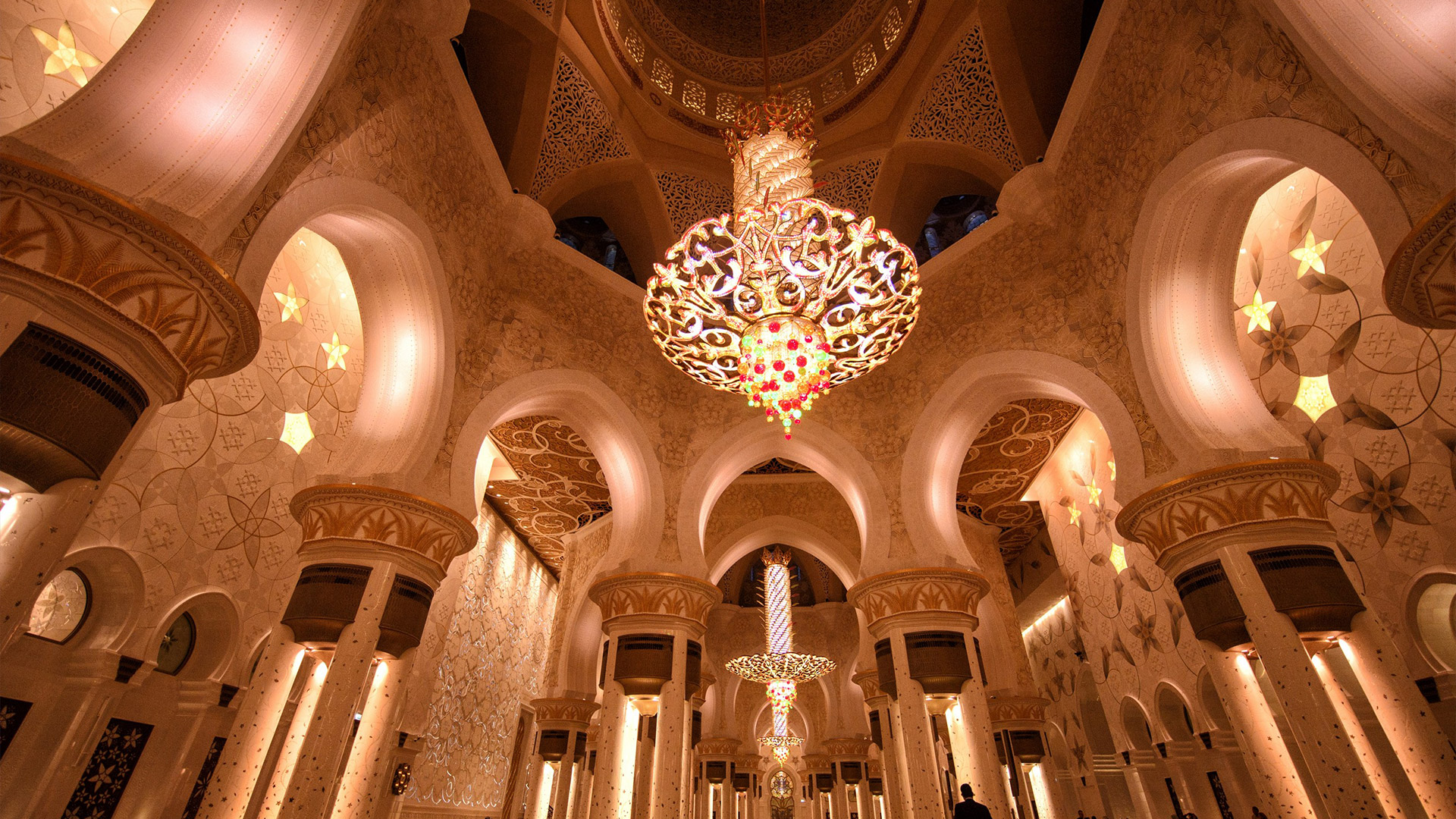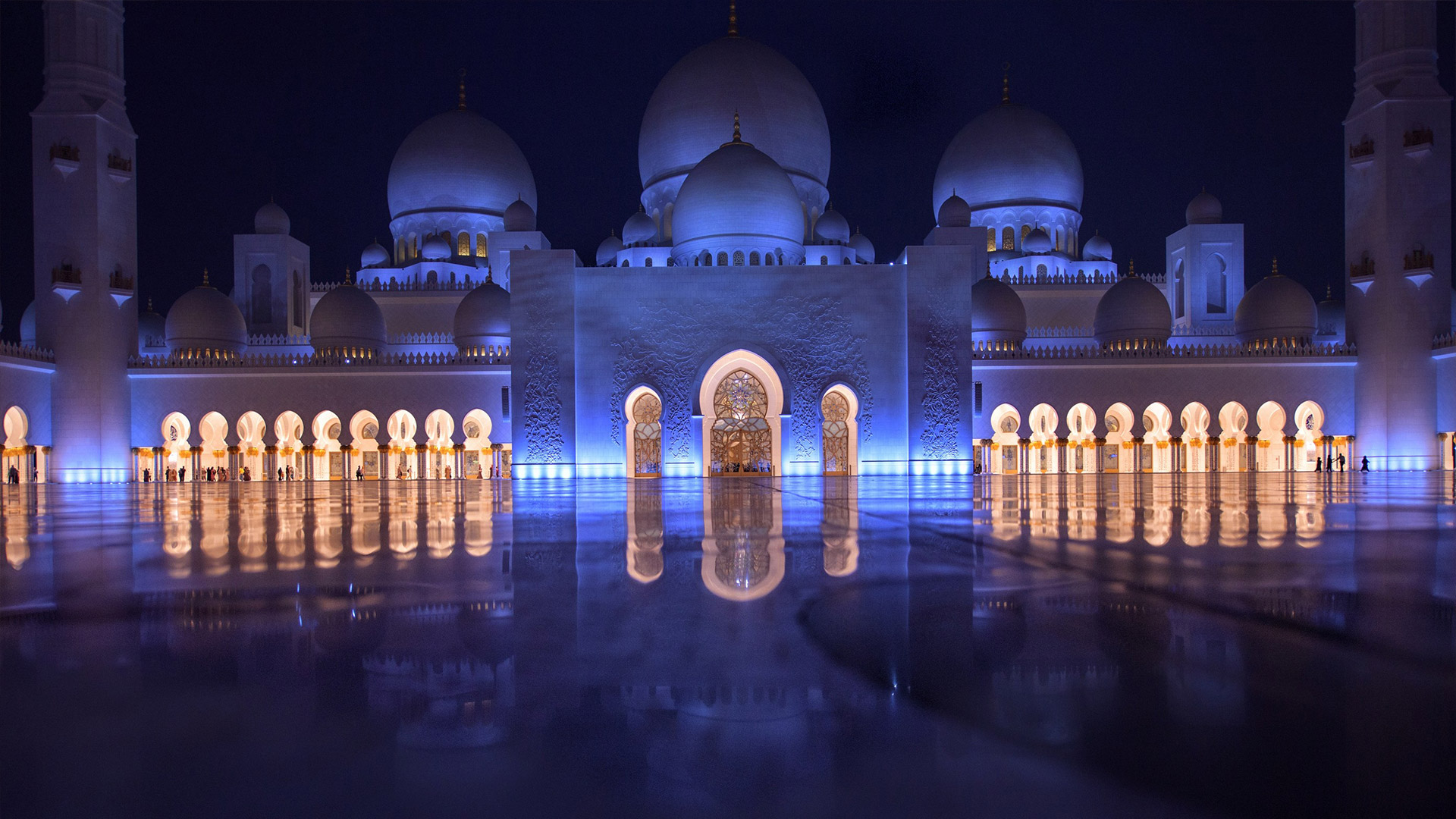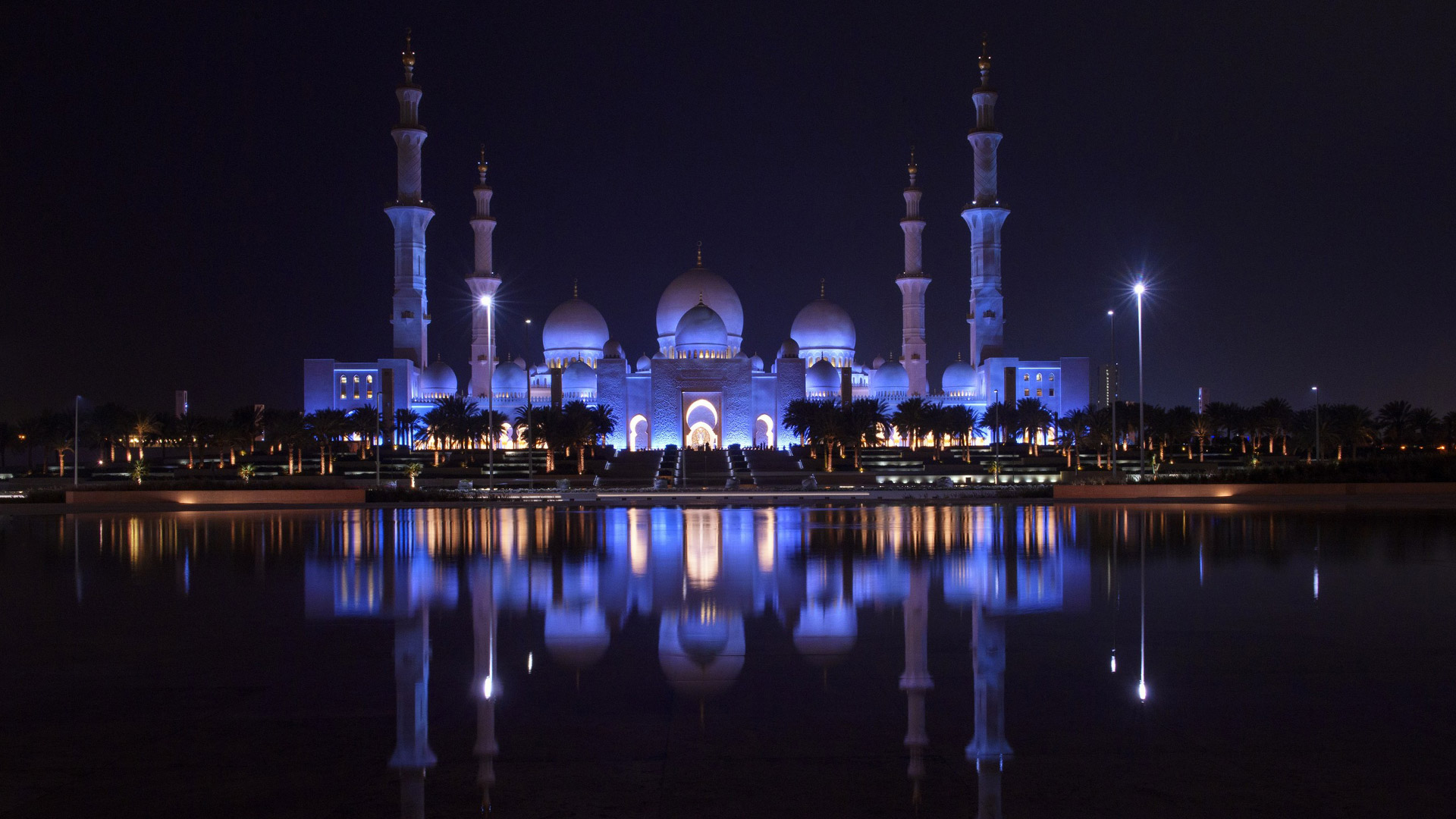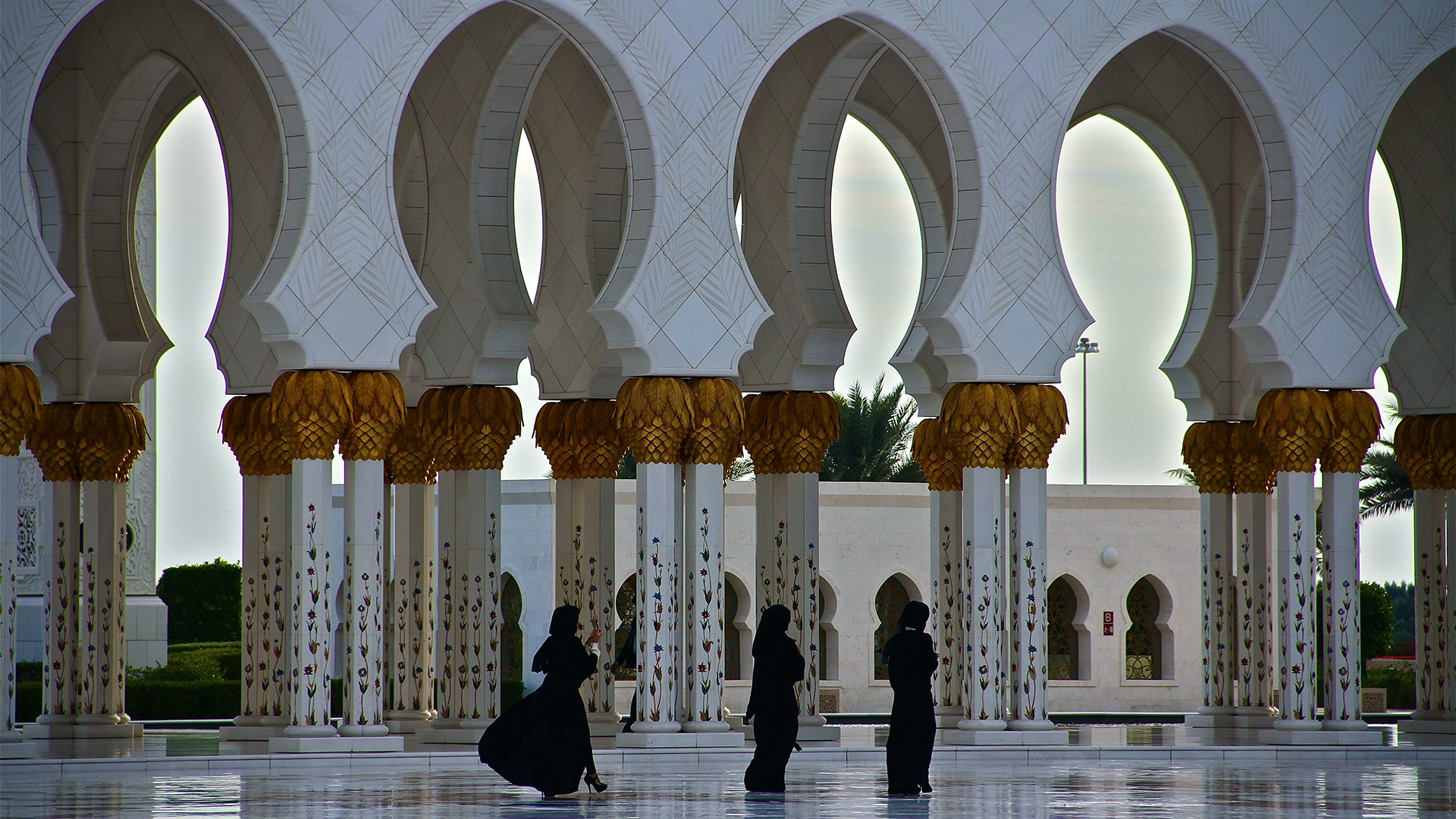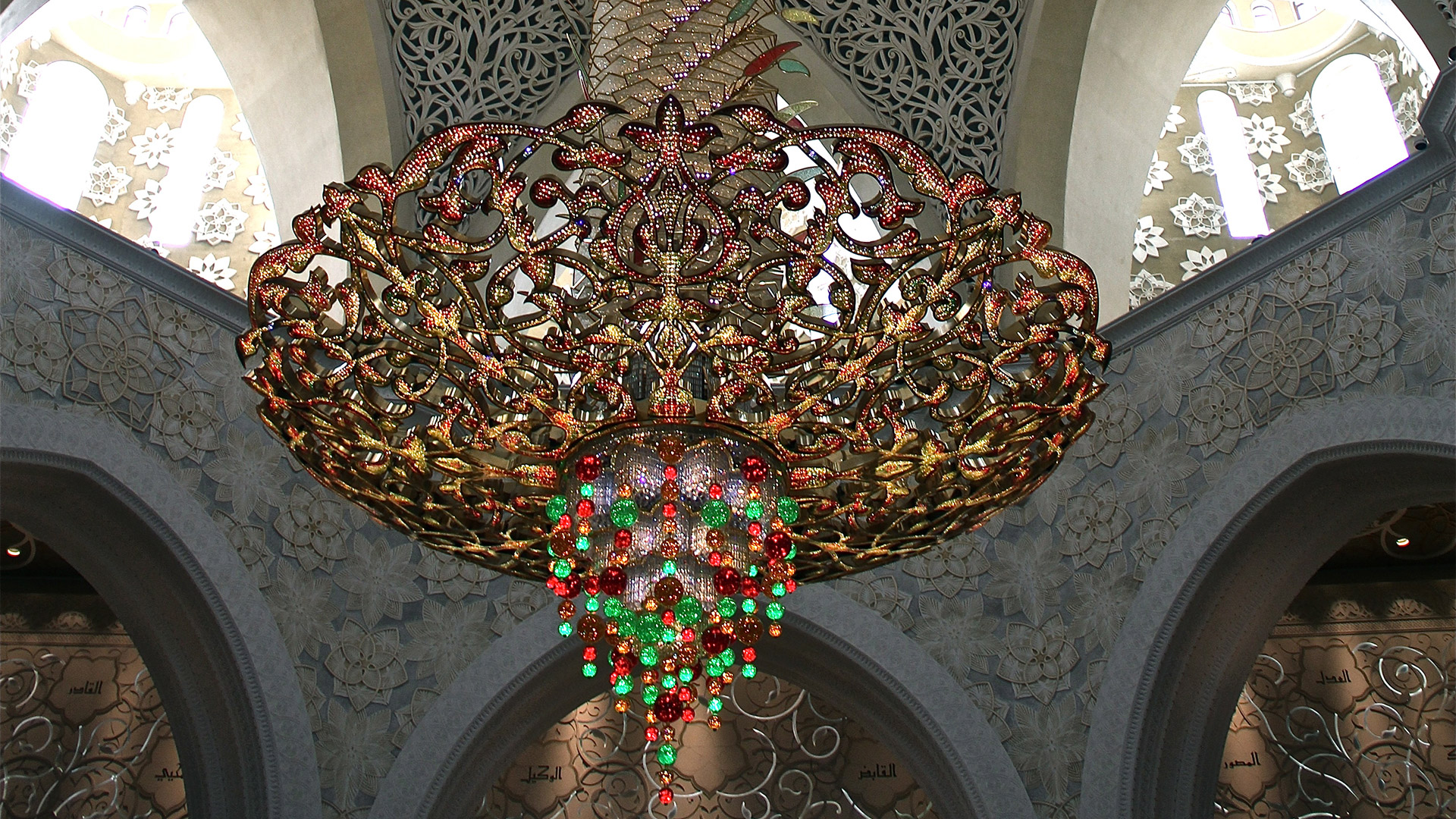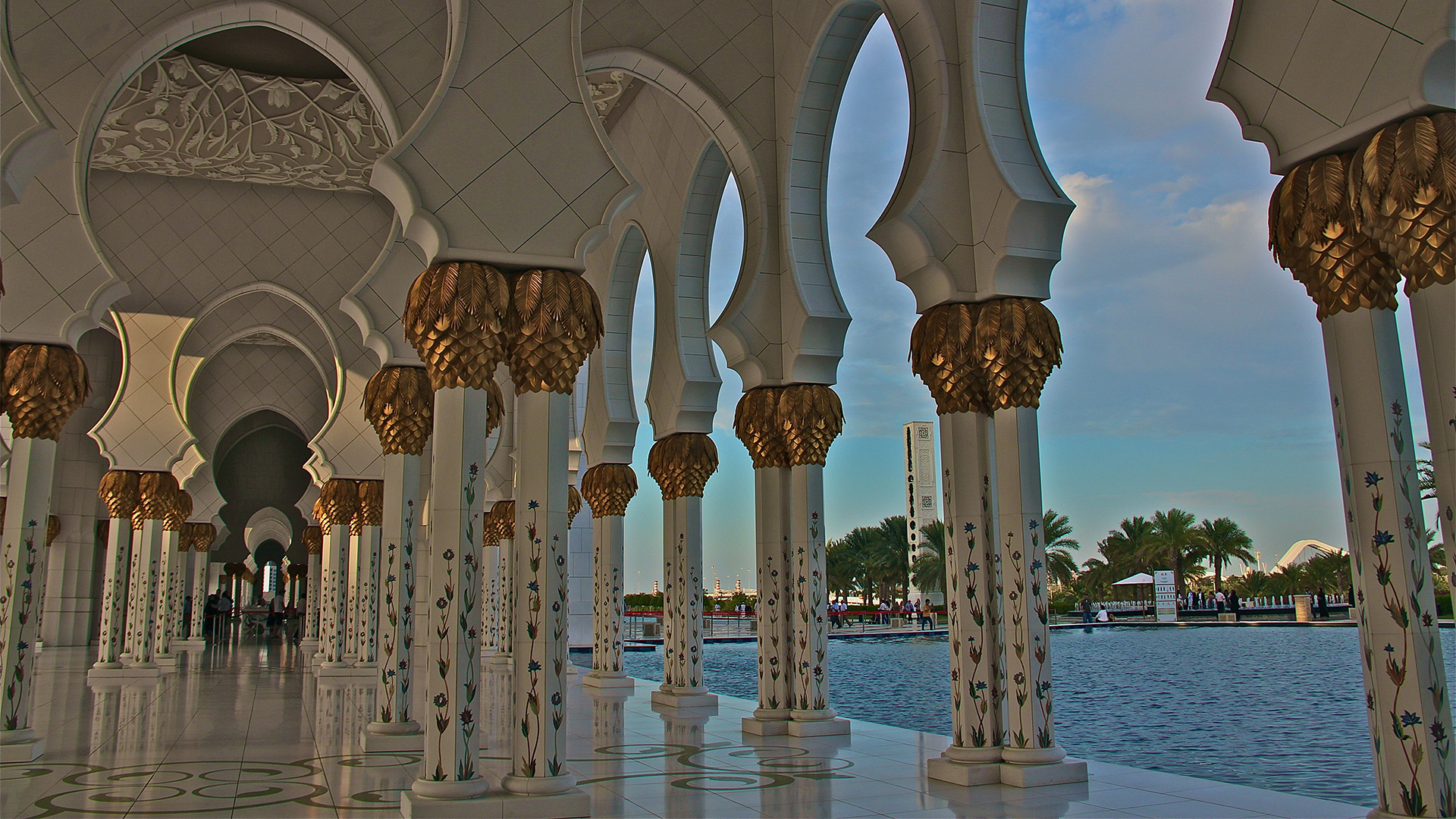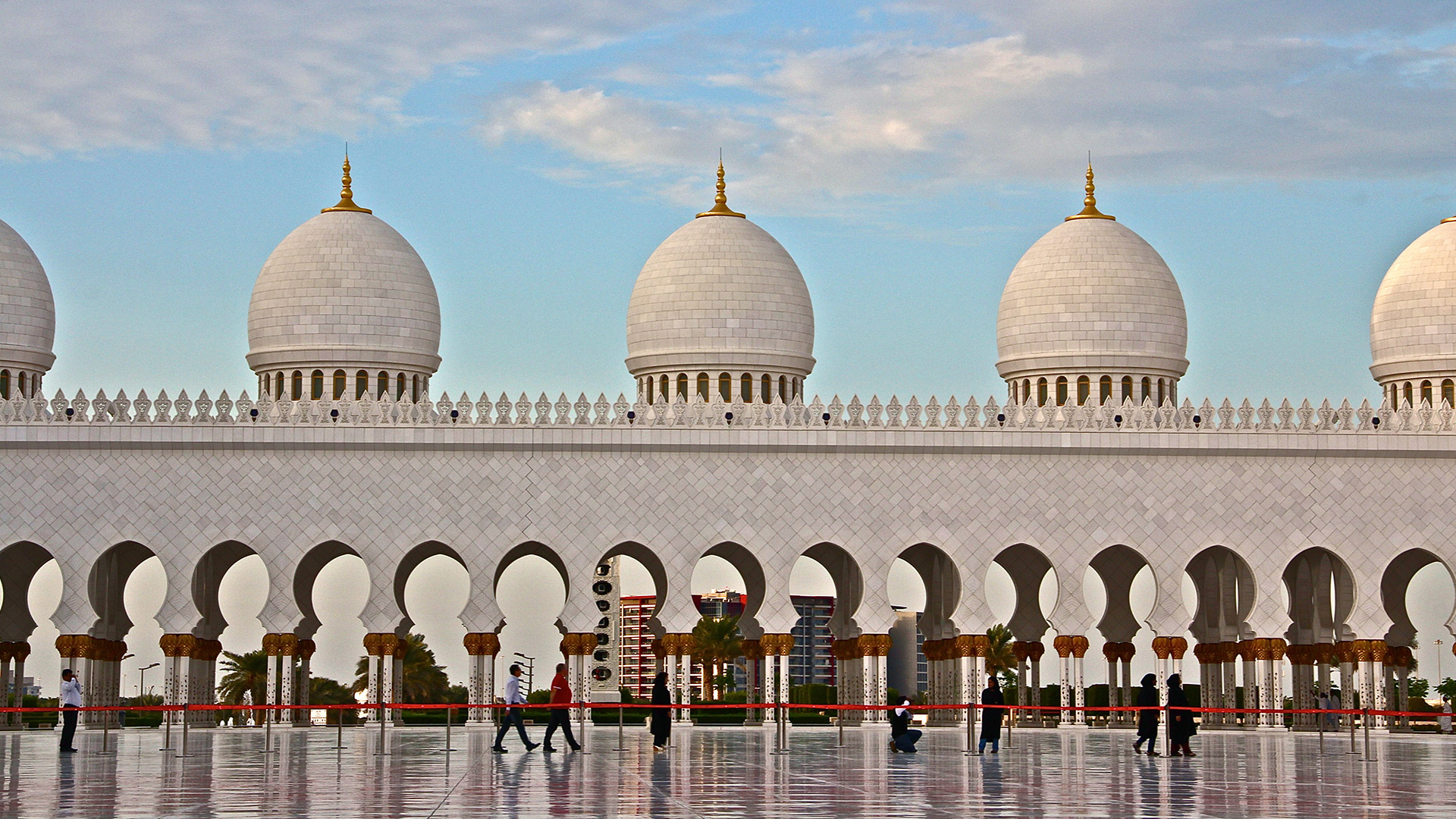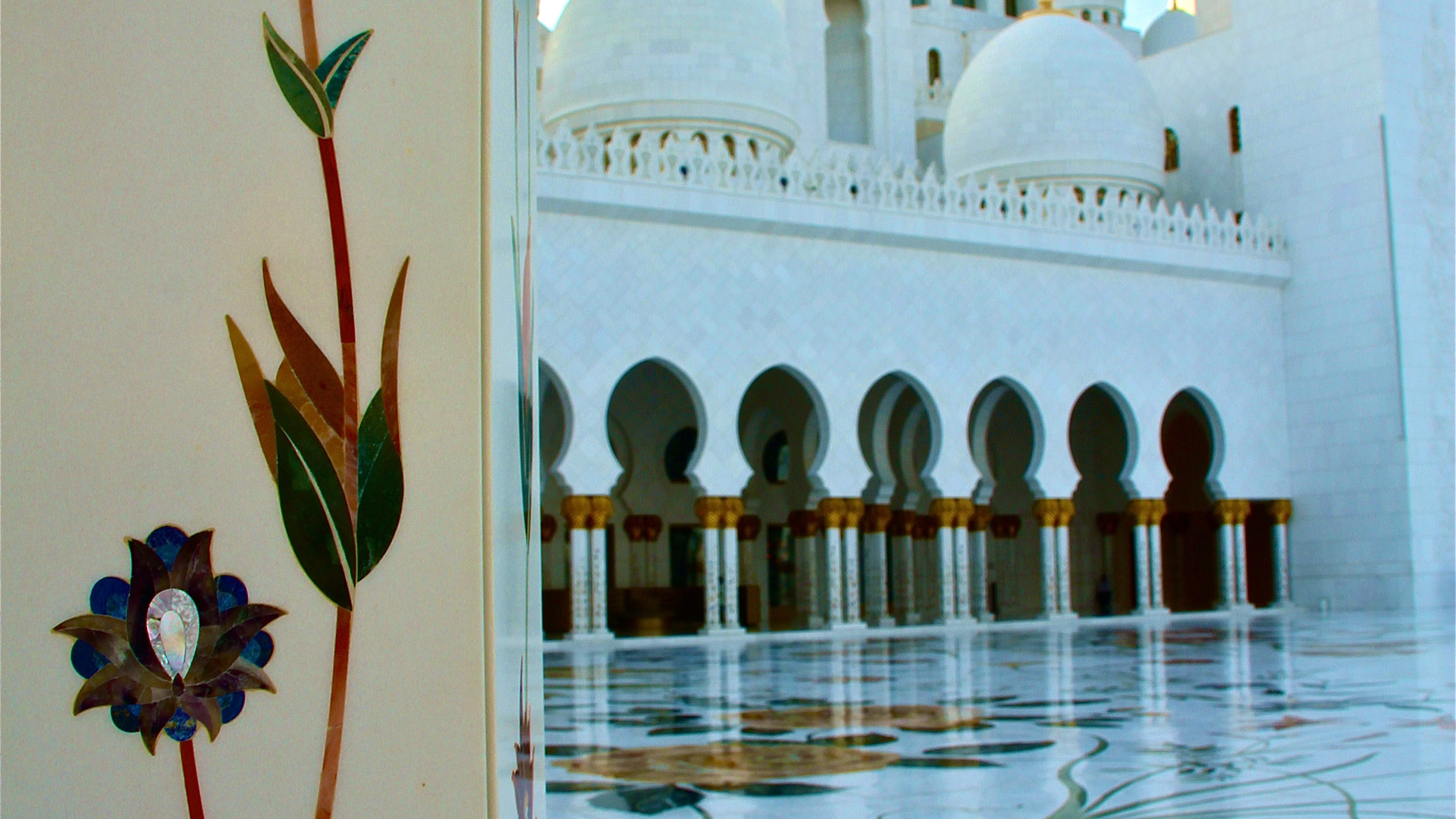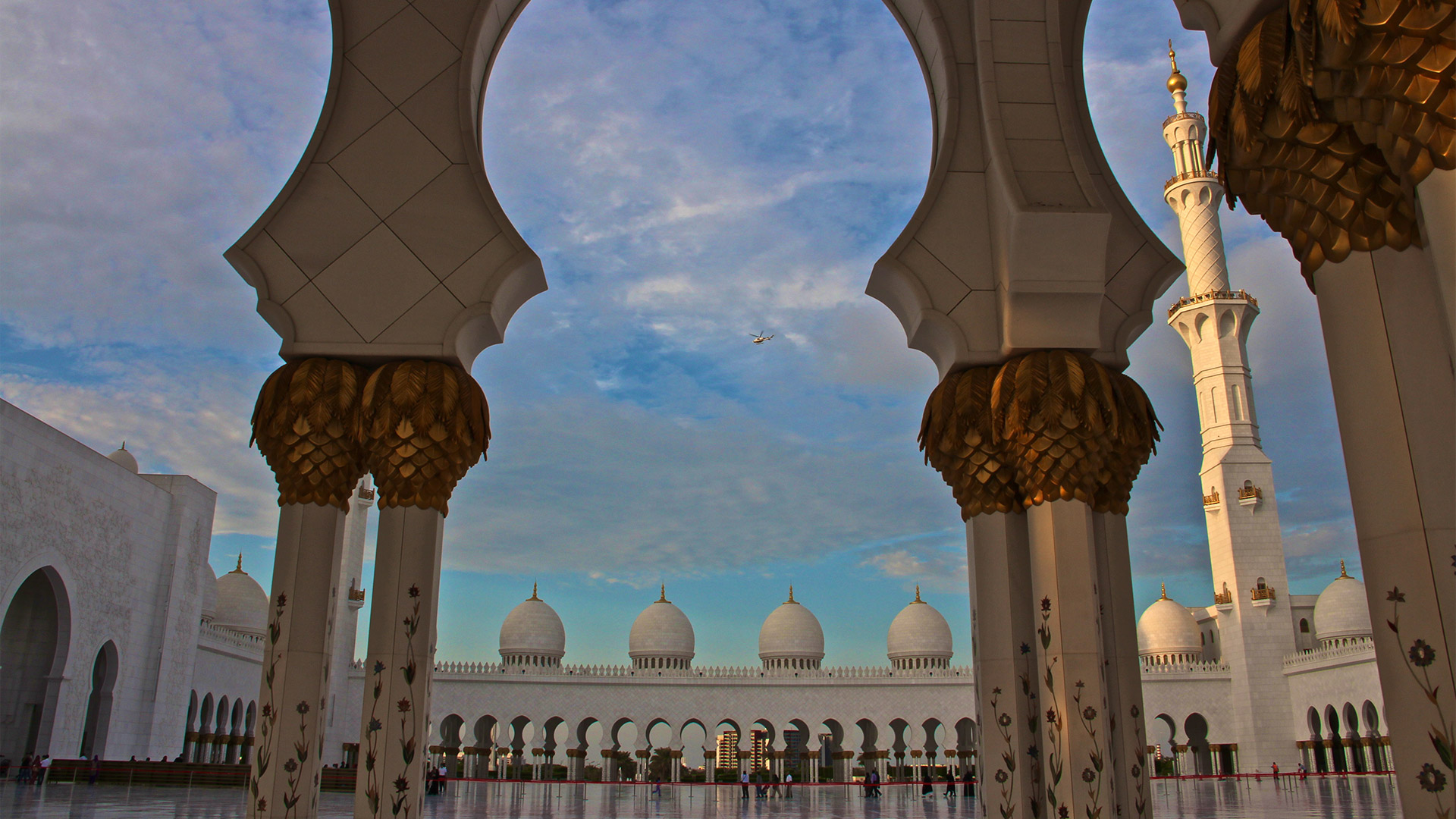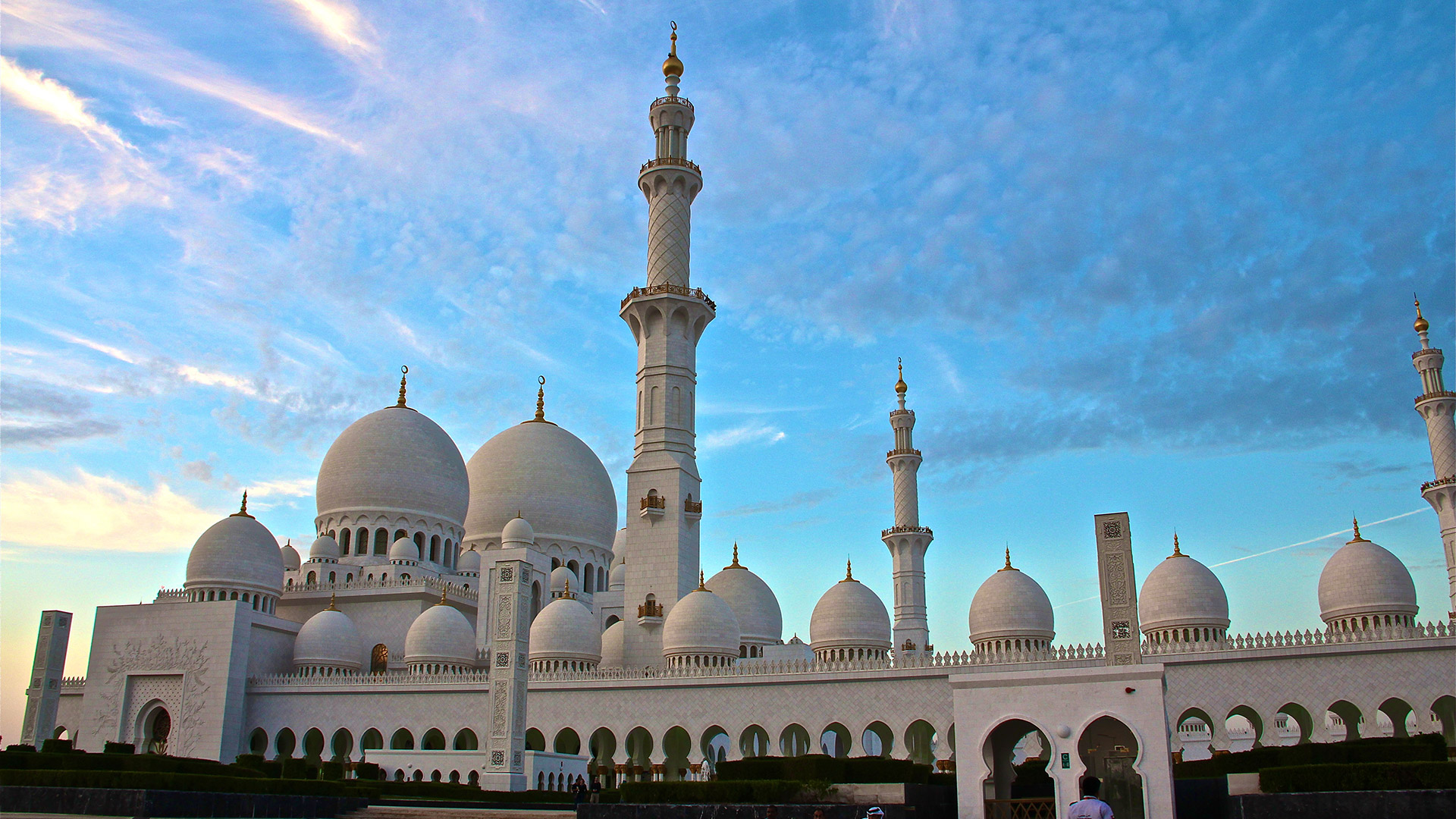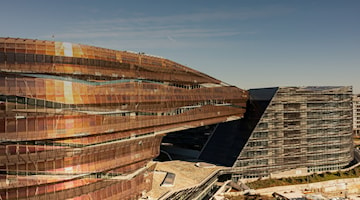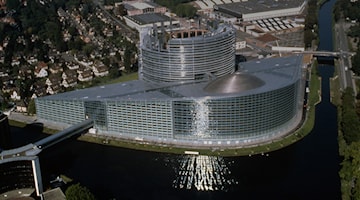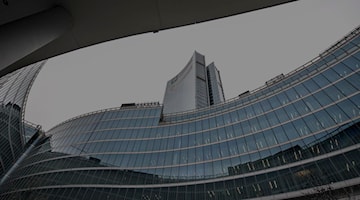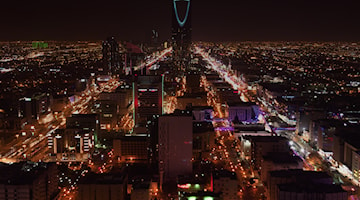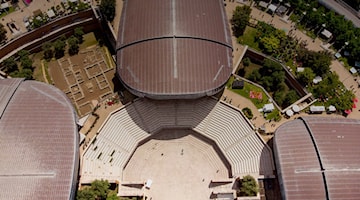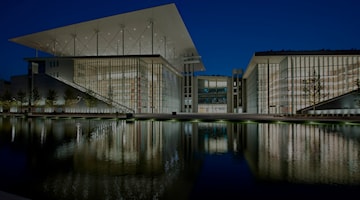A place of prayer and meeting
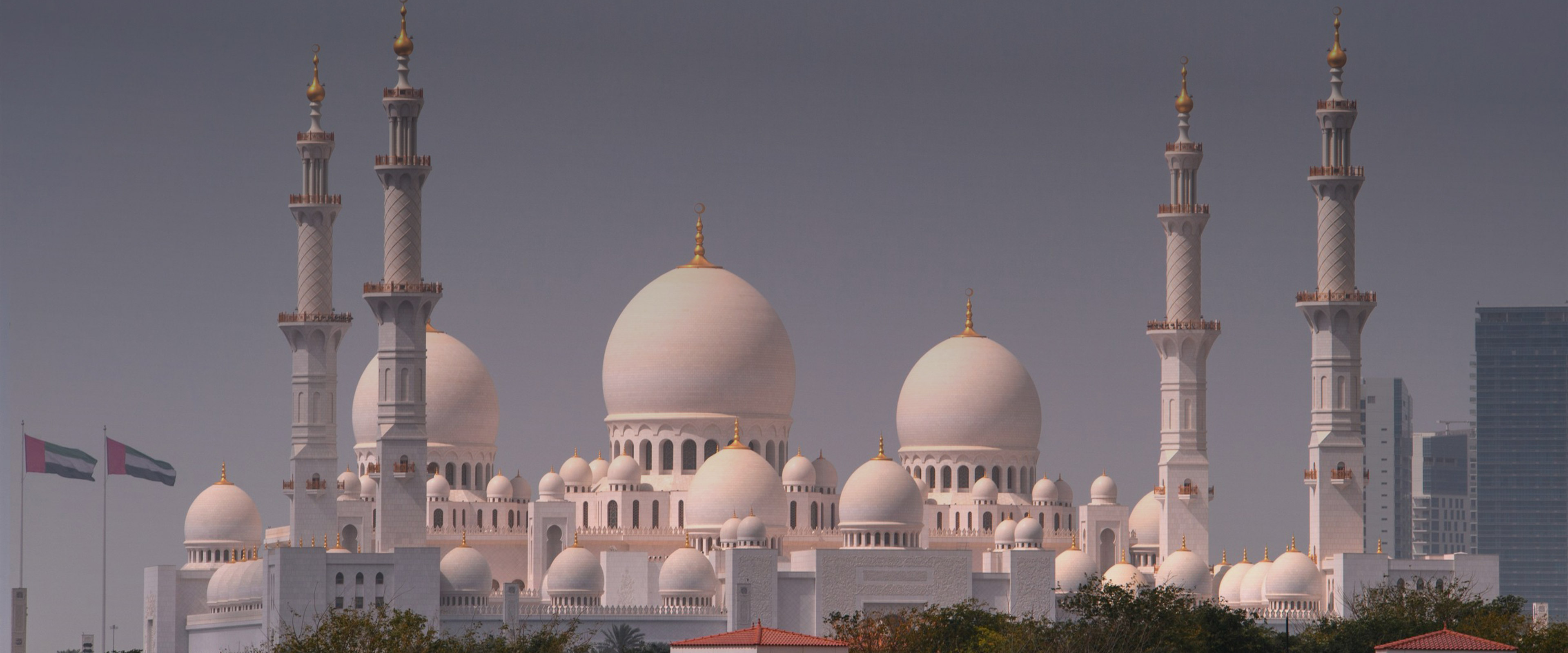
ABU DHABI GREAT MOSQUE, UNITED ARAB EMIRATES
Zayed Bin Sultan Al Nahyan (1948-2004), an enlightened sultan and a descendant of the Bani Yas ethnic group, the oldest and most important tribe in the Emirates, founded the Arab Emirates in 1971, which he governed and presided over until his death.
A man of the desert raised in Islamic culture and a philanthropic figure remembered as a tolerant Muslim, he is the architect of a modern and cosmopolitan Arabia that has been the beneficiary of great oil wealth, which the sultan considered a divine gift to be shared.
Tolerant of Christians and women, he granted freedoms that were sometimes denied in Muslim communities (1.9 billion Muslims worldwide, about 24% of the world's total religious population and the second largest faith after Christianity). One of his most important legacies reflects his enlightened understanding of Islam: the Abu Dhabi Great Mosque. Genuinely grand, its worship area measures twice the size of St. Peter's Basilica, welcoming up to 40,000 believers (10,000 inside, 30,000 outside).
Conceived as an oasis of peace and culture, it is a monument to Islam and inclusiveness. People of all faiths built and visit it. Completed from 1996 to 2003, it is the largest mosque in the country and the eighth largest in the world. Visible from every direction, it stands on a small hill, 11 metres above sea level and 9.5 metres above the road.
When the work was done, it was the largest contemporary architecture contract ever awarded to an Italian company. With architecture inspired by Persian, Mughal and Moorish styles, it has four minarets (each 110 metres high), 130 domes, 150 pinnacles and thousands of sculpted and carved decorative elements. It is clad in white marble from Italy and Macedonia.
Water along the arcades reflect the columns, which are illuminated at night with coloured lights that combine with grey-blue light projections on the walls to evoke the phases of the moon.
The central hall (7,000 seats) is in the Guinness Book of World Records. It has the world's largest woven carpet (transported from Iran with three aircraft) and chandelier (10 metres in diameter and 15 metres in height, it weighs 12 tons), which is surrounded by 20 golden candlesticks.

THE WORK AND THE TECNIQUE
M² TOTAL SURFACE AREA
M² AREA FOR PRAYER
M MINARETS HEIGHT
M³ CONCRETE
M³ EARTH MOVED
FOUNDATION PILES
T STRUCTURAL IRON
M² IMPERMEABLE MEMBRANE
Department of Public Works, UAE
Joint venture Impregilo (67%), then merged into the Group today called Webuild, with Rizzani de Eccher (33%)
The Abu Dhabi Great Mosque, built to 'unite the world', includes a central body, a courtyard for prayer, arcades, ablution areas, a library (which houses publications in many languages in recognition of the diversity of the Islamic world), the external staircase and the technological systems.
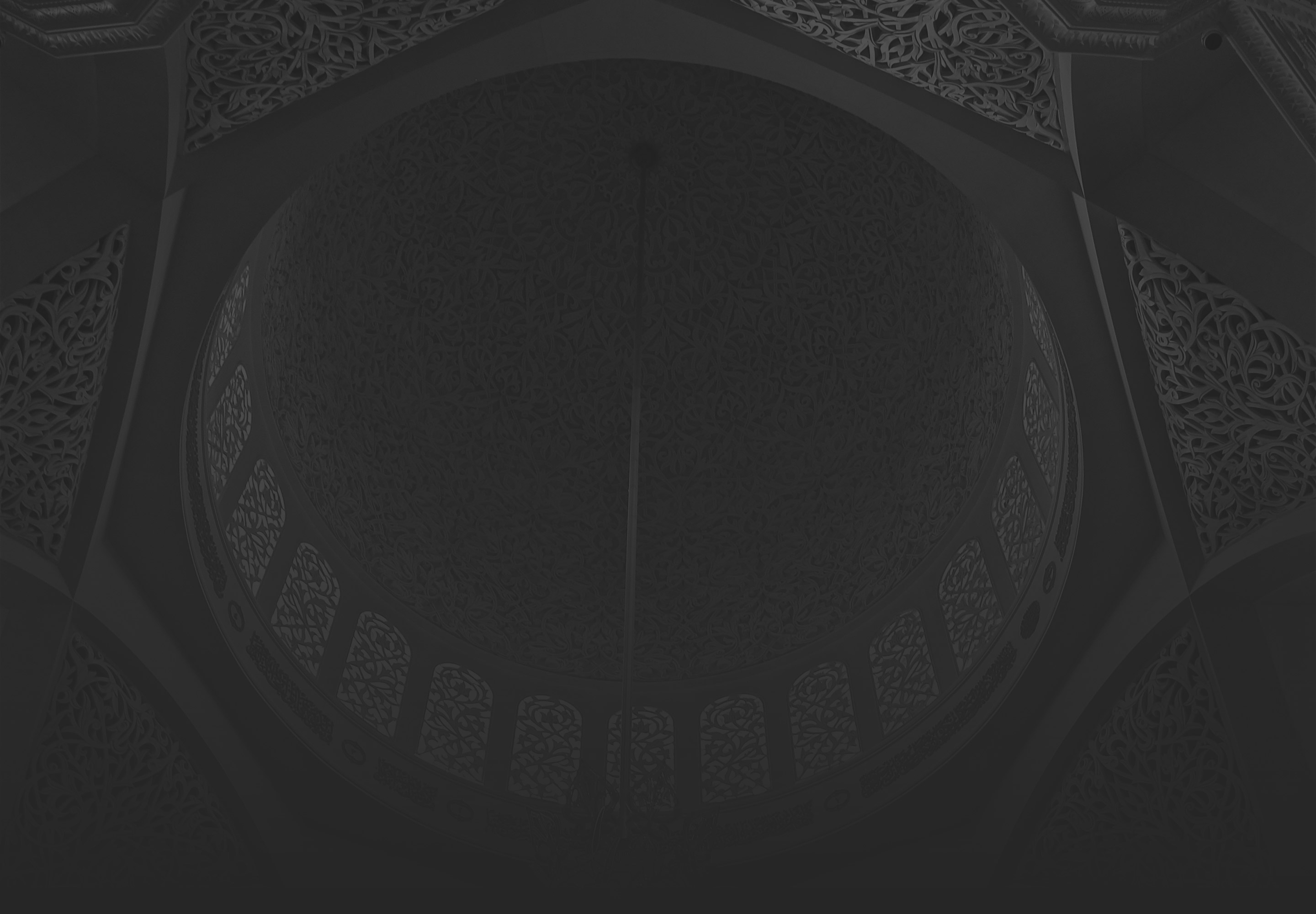
CULTURAL INSIGHTS
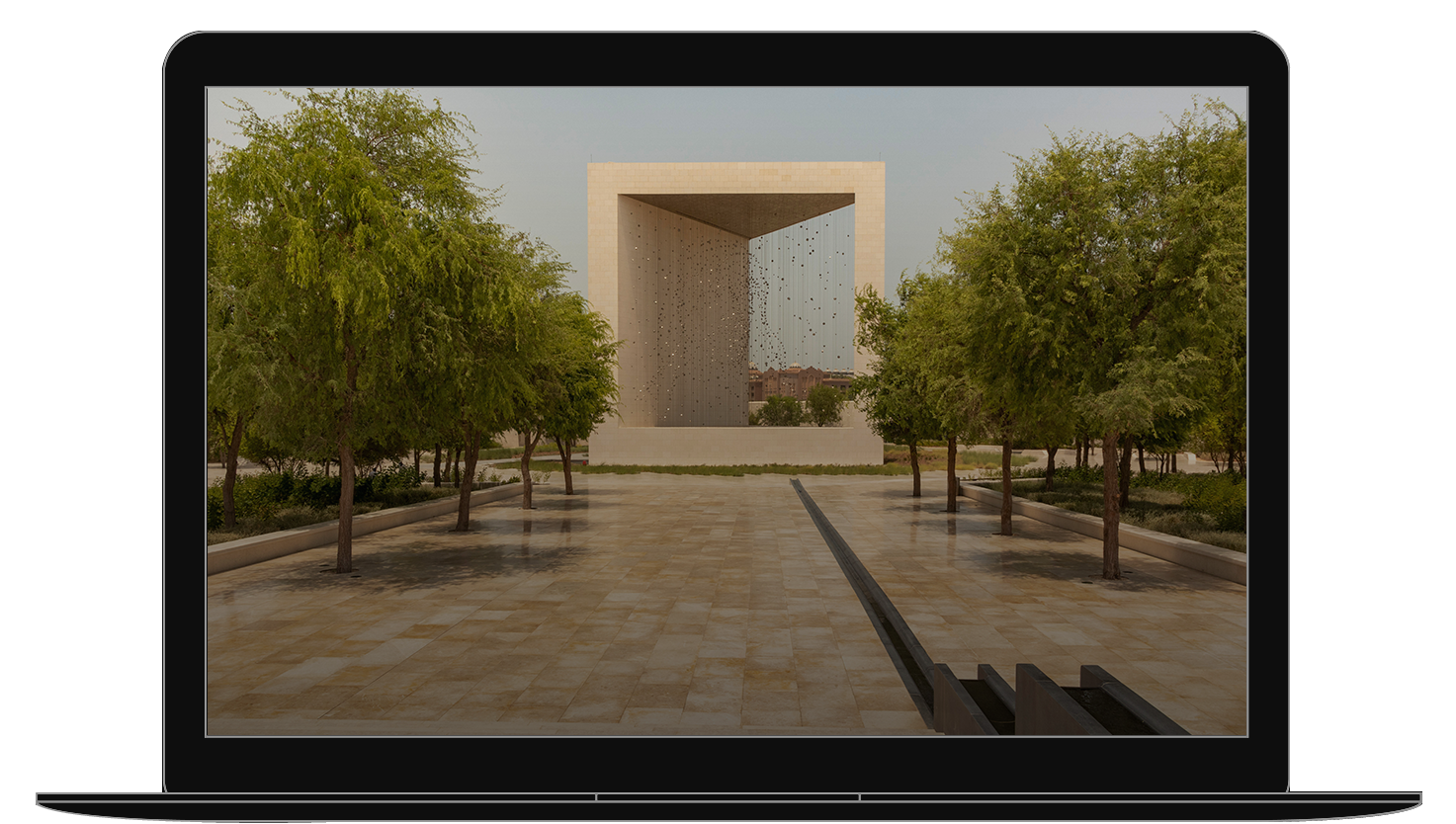
You could also be interested in






